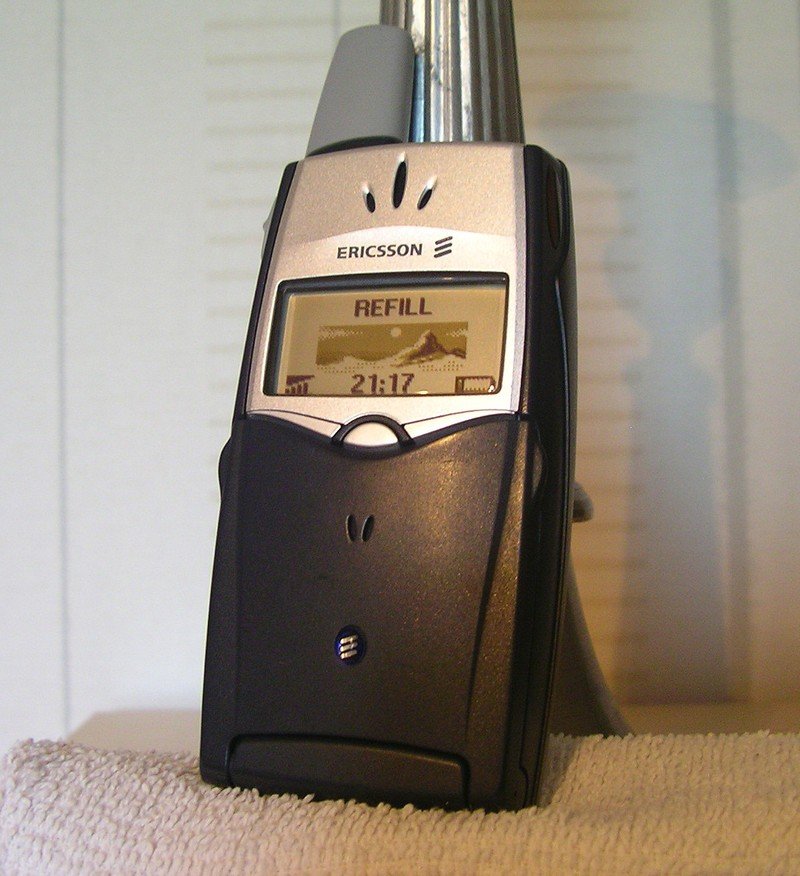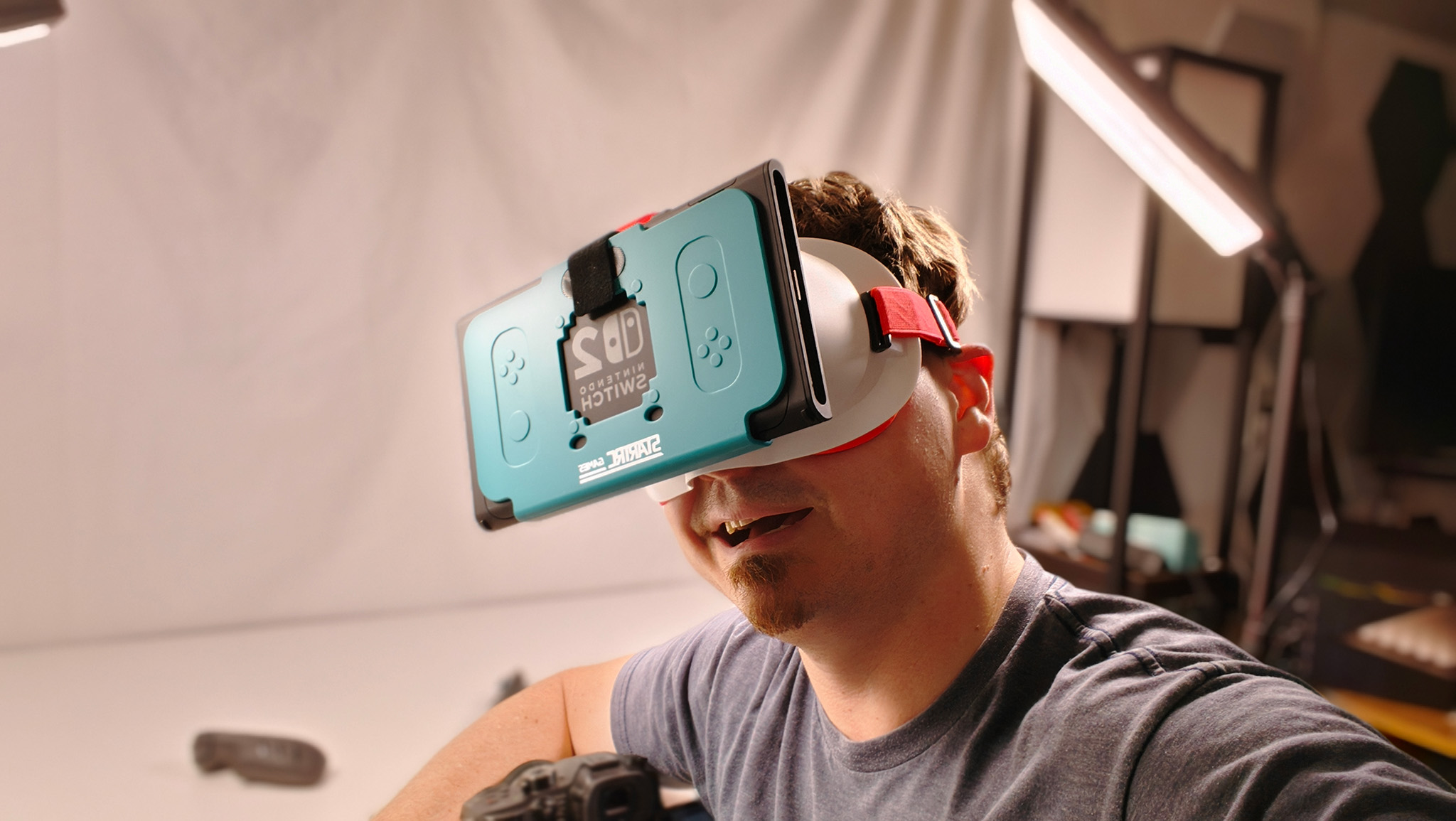A history of all the major Bluetooth releases and updates

Our smartphones are made up out of a lot of different components. When we cover them in reviews and news, we tend to focus on things like display quality, processor speed, cameras, etc. Those are all very important, but one feature that tends to often go unmentioned is Bluetooth.
When you think about just how regularly we use Bluetooth, that's kind of silly. We rely on the wireless standard for listening to music on Bluetooth headphones, playing games with controllers, using a mouse and keyboard for productivity work, and so much more.
The core idea of Bluetooth has remained the same since the introduction of version 1.0 back in 1999, and right now, we're going to take a look back at all of Bluetooth's many iterations, starting with the first one and going up to the 5.1 standard that was released in 2019, to understand where it started and how we got to where we are today.
Bluetooth 1.0 — 1.2
After the Bluetooth Special Interest Group (also known as SIG) was formed in 1998, the Bluetooth 1.0 specification was released a year later in 1999.
The first phone to use Bluetooth was the Ericsson T36, which was unveiled in 2000. However, it wasn't actually available for purchase until 2001 when Ericsson released the revised T39 mobile phone. The Ericsson T39 used Bluetooth 1.0b, which was a mild successor to Bluetooth 1.0a.

Compared to the Bluetooth we know today, Bluetooth 1.0b was very slow and unreliable. It had a maximum data transfer speed of 732.2kbs and could only stay connected to devices within a range of 33 feet. It can be easy to complain about Bluetooth being a pain to use today, but back then, the experience was substantially worse.
Also, with such slow data transfer speeds, Bluetooth wasn't really designed for listening to music the way it is now. Instead, its main purpose was for wireless Bluetooth headsets for making/receiving phone calls.
Get the latest news from Android Central, your trusted companion in the world of Android
In February 2001, Bluetooth 1.1 hit the market. It set out to fix a lot of the usability complaints with Bluetooth 1.0, and while it still had the same max data transfer speed, it introduced support for up to seven simultaneous connections and made it possible to have Bluetooth connections on non-encrypted channels — one of the biggest drawbacks to Bluetooth 1.0.
Fast forward a couple more years, and Bluetooth 1.2 was ready to shine in November 2003. It was the first Bluetooth update that increased the data transfer speed, kicking things up to 1Mbs.
Bluetooth 1.2 also benefited from making devices faster and easier to discover, was backward compatible with Bluetooth 1.1, and introduced something called "Adaptive Frequency Hopping" that made Bluetooth more resistant to interference from radio frequencies.
Another big win for Bluetooth 1.2 was its use of Extended Synchronous Connections. The main purpose of this was to improve the quality of phone calls over Bluetooth, with it giving users an option to increase latency in favor of better data transfer for high-quality audio.

Jerry is an amateur woodworker and struggling shade tree mechanic. There's nothing he can't take apart, but many things he can't reassemble. You'll find him writing and speaking his loud opinion on Android Central and occasionally on Threads.
